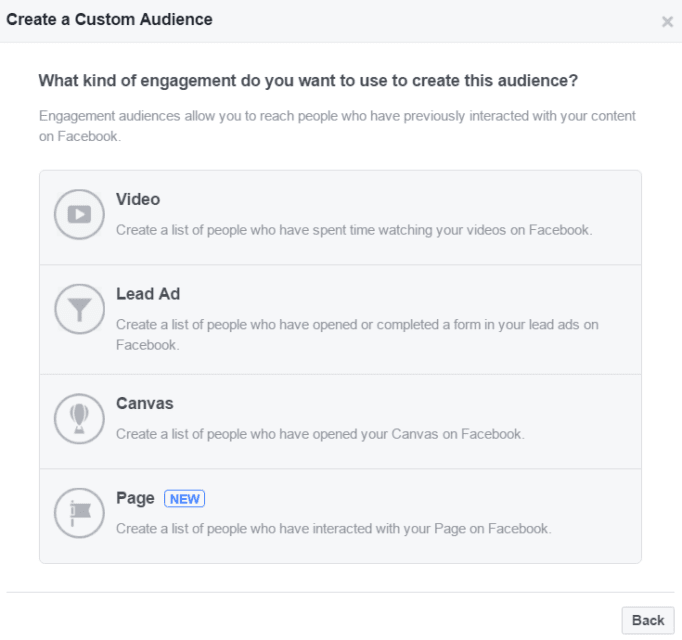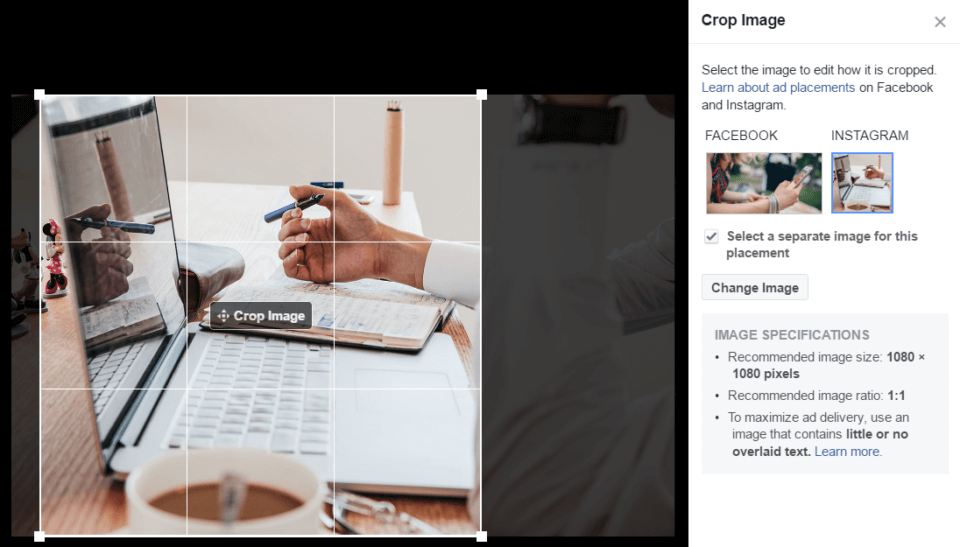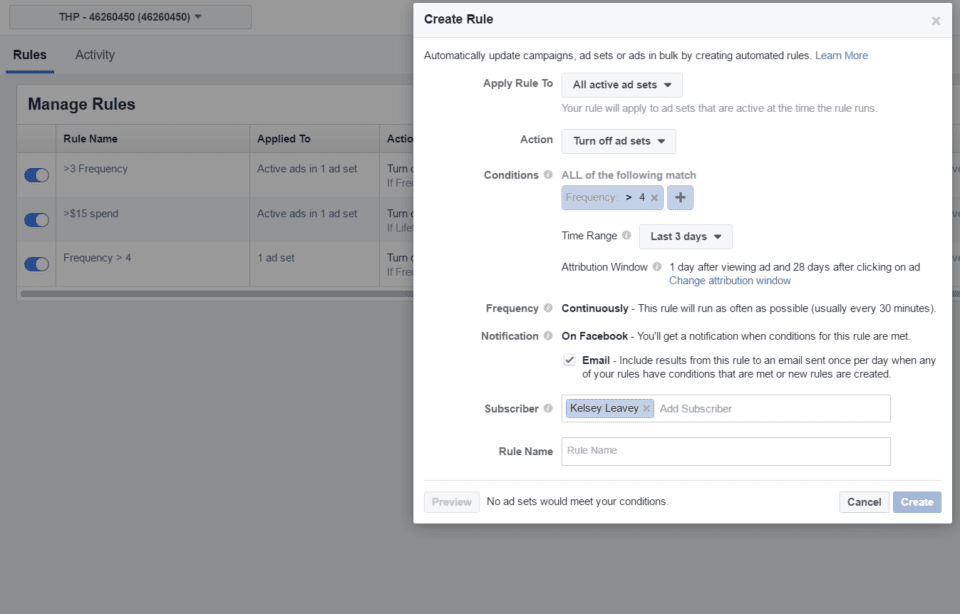Three recent Facebook advertising updates you might’ve missed

I have a love/hate relationship with social advertising. On the one hand, there’s always something new to learn, meaning my work helping clients develop social advertising strategies is never boring. I’m always feeling like there’s something new to understand/master. On the other hand, there’s always something new to learn, meaning once I feel like I’ve finally cracked the code, something changes, and I feel like in many ways I’m back to square one.
Over the past couple of months, I’ve noticed a few changes to Facebook’s advertising platform, and bravo to Facebook’s product development team because I think these updates actually help marketers make their social ads even more effective.
Before I get into the details of these three changes, I wanted to make sure you were aware of these resources for gleaning more background on social advertising in general:
Determining a social media budget – we’re working on an updated version of this tool for 2017, but it is still a good point of reference if you’re struggling with creating a budget for your social advertising efforts.
Ensuring your content reaches the right people – aka the case for social advertising and how to define your target audience using social advertising.
#1: The expansion of custom audiences
Custom audiences allow marketers to serve ads to warm audiences – people who are already familiar with your business. Customer lists (email or phone numbers) and website custom audiences (people who have visited your website that are Facebook users) have been around for years, and we’ve found them to be an extremely cost-effective way to remind existing audiences that you exist and are relevant. (Note: You can also use user activity on your company’s mobile app to create custom audiences.)
But what if you don’t have a lot of visits to your website or haven’t dedicated time to collecting emails or phone numbers from your customers or potential customers?
Until recently, you were out of luck; but now, Facebook has introduced options for building custom audiences. The platform now enables advertisers to create custom audiences based on a user’s interaction with the content you’ve shared on your organization’s Facebook page.

Within each category of engagement (video, lead ad, canvas or page), there are additional criteria to choose from. How is that applicable? For Hodges, for example, we could build a Facebook custom audience list that includes users that have viewed at least 10 seconds of our most recent Facebook live video. Pretty cool.
#2: Images sized for Instagram ads
When the option to place ads on Instagram first became available, if you wanted to advertise on both Facebook and Instagram, you had to use the same image. That created some issues due to the differences in preferred image size. Facebook wants advertisers to use photos that are in the landscape orientation while Instagram wants advertisers to use square photos. Now, you can crop your existing ad image within the ad platform to make it square, or you can upload an entirely different image for the Instagram version of your ad.

#3: Automated rules make optimizing your Facebook ad campaigns easier
The final update to note is the roll-out of automated rules. If you’ve been manually turning off ad sets or ads based on performance, meaning you have to constantly monitor your campaigns, you’ll love this update. Automated rules allow you to set up criteria that, if met, can turn things off, increase your spend or adjust a manual bid.

For example, if you wanted to set up an automated rule that turned off low-performing ads, you might create a rule that looks like this:
If specific Facebook ads meet these conditions:
- Have a click through rate of less than 1%
AND
- Have been running for 48 hours
I want Facebook to take the following action:
- Turn off that ad
If you’ve ever used IFTTT, this is Facebook’s version but for advertising. If you are doing a significant amount of optimizing for your ad sets or ads, learning how to use automated rules will save you time.
What’s next for Facebook advertising? Only time will tell. If you’ve noticed any recent changes to Facebook’s advertising platform, let me know in the comments. And I’d love to hear how these changes might affect your organization’s social advertising strategies.
Leave a Reply